Discover 15 hidden attractions, cool sights, and unusual things to do in Barnsley (United Kingdom). Don't miss out on these must-see attractions: Oakwell, Cannon Hall, and Wentworth Castle Gardens. Also, be sure to include Barnsley Town Hall in your itinerary.
Below, you can find the list of the most amazing places you should visit in Barnsley (England).
Table of Contents
Oakwell
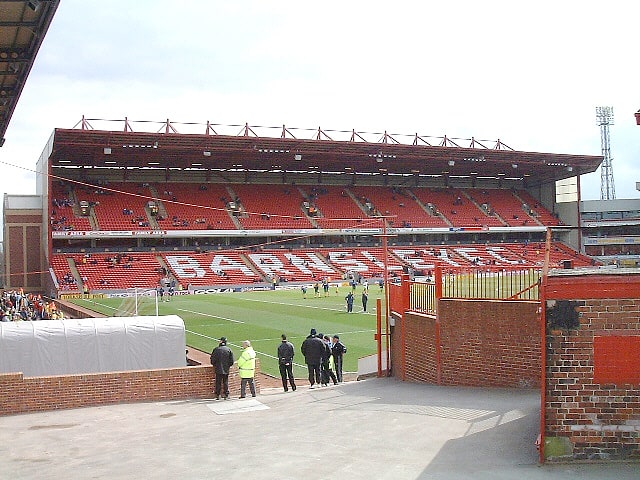
Multi-purpose stadium in Barnsley, England. Oakwell is a multi-purpose sports development in Barnsley, South Yorkshire, England used primarily by Barnsley Football Club for playing their home fixtures, and those of their reserves.
While the name 'Oakwell' generally refers to the main stadium, it also includes several neighbouring venues which form the facilities of the Barnsley FC Academy, an indoor training pitch, a smaller stadium with seating on the south and west sides for around 2,200 spectators, and several training pitches used by the different Barnsley FC squads.
Oakwell was the first stadium in English football to have a designated stand for disabled supporters.
Until 2003 the stadium and the vast amount of land that surrounds it were owned by Barnsley Football Club themselves; however, after the club fell into administration in 2002, the council purchased the main Oakwell Stadium to allow the club to pay its creditors and remain participants in the Football League.[1]
Address: Grove St, S71 1ET Barnsley
Cannon Hall

Museum in Cawthorne, England. Cannon Hall is a country house museum located between the villages of Cawthorne and High Hoyland some 5 miles west of Barnsley, South Yorkshire, England. Originally the home of the Spencer and later the Spencer-Stanhope family, it now houses collections of fine furniture, paintings, ceramics and glassware. It at one time housed the Regimental Museum of the 13th/18th Royal Hussars and the Light Dragoons, which has now closed. Now occupying four rooms in the east wing is the "Family of Artists" exhibition on loan from the De Morgan Foundation, which draws on the links between the Spencer Stanhopes and the De Morgans.
The building is constructed of coursed sandstone with ashlar dressings with a symmetrical layout of a central 3-storey block of 5 bays and slightly set back 2-storey side wings of 3 bays.[2]
Address: Bark House Ln, S75 4AT Barnsley
Wentworth Castle Gardens

Wentworth Castle is a grade-I listed country house, the former seat of the Earls of Strafford, at Stainborough, near Barnsley in South Yorkshire, England. It is now home to the Northern College for Residential and Community Education.
An older house existed on the estate, then called Stainborough, when it was purchased by Thomas Wentworth, Baron Raby (later Earl of Strafford), in 1708. It was still called Stainborough in Jan Kip's engraved bird's-eye view of parterres and avenues, 1714, and in the first edition of Vitruvius Britannicus, 1715. The name was changed in 1731. The original name survives in the form of Stainborough Castle, a sham ruin constructed as a garden folly on the estate.
The estate was in the care of the Wentworth Castle Heritage Trust from 2001 to June 2019 and was open to the public year-round seven days a week. Despite massive restoration, the castle gardens were closed to the public in 2017 amidst a funding crisis. In September 2018 it was announced that the National Trust planned to enter into a new partnership with Northern College and Barnsley Metropolitan Borough Council to reopen the gardens and parkland to the public. The gardens and parkland reopened to the public on 8 June 2019.[3]
Address: Lowe Ln, S75 3ET Stainborough
Barnsley Town Hall
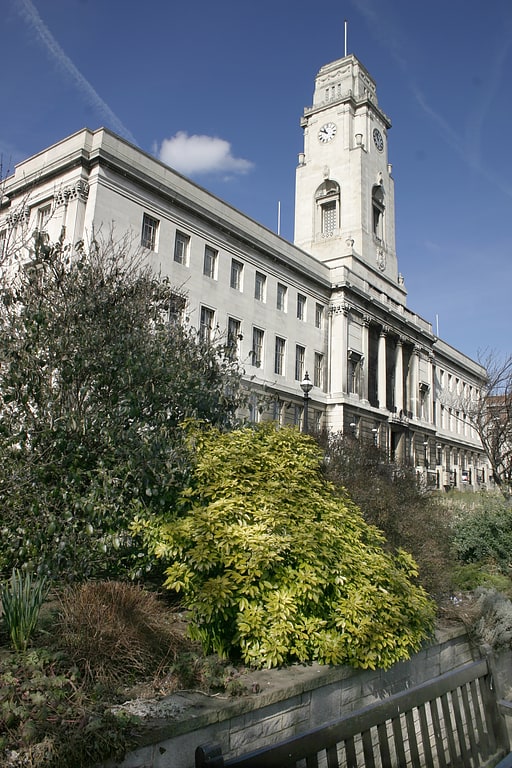
City or town hall in Barnsley, England. Barnsley Town Hall is the seat of local government in the Metropolitan Borough of Barnsley, South Yorkshire, England. It is a Grade II listed building.[4]
Address: Church St, S70 2TA Barnsley
Wortley Top Forge
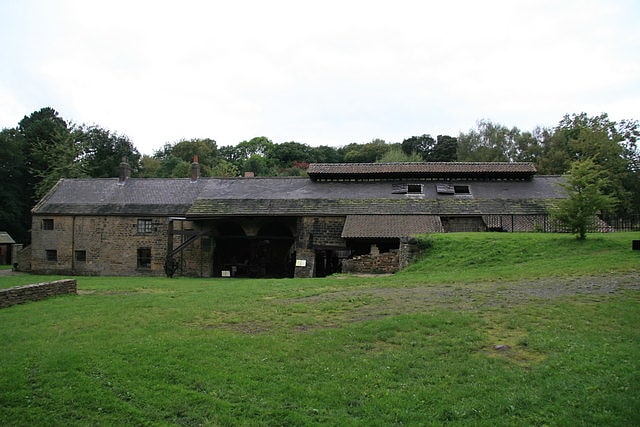
History museum in England. Wortley Top Forge is an historic former finery forge and ironworks originally dating back to the seventeenth century, although evidence suggests iron working took place in the vicinity as early as the fourteenth century. It is situated in the metropolitan borough of Barnsley, in South Yorkshire, England, on a loop of the River Don near the village of Wortley.
The Top Forge was always closely related to Wortley Low Forge, a short distance downstream. One of the forges was probably built about 1639 (possibly both of them) and certainly existed by 1641, from which time the ironmasters at Wortley were Thomas Cotton, and his son William Cotton (1627–1674); the latter being the father of Thomas Cotton. Cannonballs are said to have been made here during the English Civil War. After that the finery forges usually belonged to a network of ironmasters led by members of the Spencer family of Cannon Hall, Cawthorne, but not between 1676 and 1690, when they were rented by other ironmasters. The two forges were always leased together with a blast furnace, Nether Bank Furnace, until the latter's closure probably about 1780, all of them being rented from the Wortley family.
In 1744, the forge was let to John Cockshutt (died 1774), who ran it with a partner. He also had a 'tinmill'. He was followed by his son, another John, who was succeeded by his brother James about 1800. James had worked at Merthyr Tydfil as a partner of William Crawshay in the Cyfarthfa Ironworks and when he returned to Wortley in 1791 after the dissolution of their partnership, he introduced puddling to Wortley, the tinmill probably being altered to roll blooms into bars of iron. After James' death in 1820, the works passed to relatives and then through various hands, coming into the hands of Thomas Andrews in 1849. On his death in 1871 he was followed by his son another Thomas Andrews, who died in 1907.
One of the buildings at Top Forge includes a date stone for 1713. However, the current layout of the building dates from the 1850s when the forge was turned over to the production of shafts and axles mainly for use on railway wagons. Some of the earliest metallurgical experiments in the world were conducted at the site by the engineer and metallurgist Thomas Andrews. Railway axles of the highest quality were manufactured at the site in the nineteenth century and exported all over the world.
Production ceased around 1912, but parts of the site remained in use until 1929. One of the Top Forge hammers was run as a demonstration in 1933 or 1934. In 1955, the dream of C. R. Andrews (the son of the second Thomas) was fulfilled, the forge being reopened as an industrial museum by Sheffield Trades Historical Society (now South Yorkshire Industrial History Society). From the mid-1960s the Honorary Curator of the forge for over 40 years was Ken Hawley, who was the driving force behind a team of volunteer workers who preserved and restored the forge into its present condition – work that was recognised when he was appointed MBE in 1998.
Of particular interest is that the site only ever used waterwheels to power the machinery. All three waterwheels have been restored to working order. Its buildings are used to house a variety of industrial machinery, including a Marshall twin-cylinder steam engine.[5]
Address: Forge Lane, Wortley, Barnsley
Monk Bretton Priory
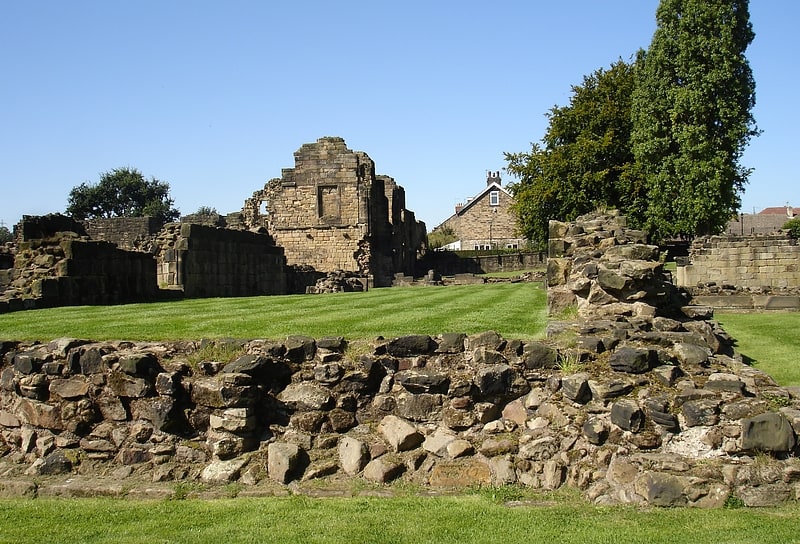
Priory. Monk Bretton Priory is a ruined medieval priory located in the village of Lundwood, and close to Monk Bretton, South Yorkshire, England.[6]
Address: 17 Abbey Lane, S71 5QD Barnsley
Elsecar Heritage Centre
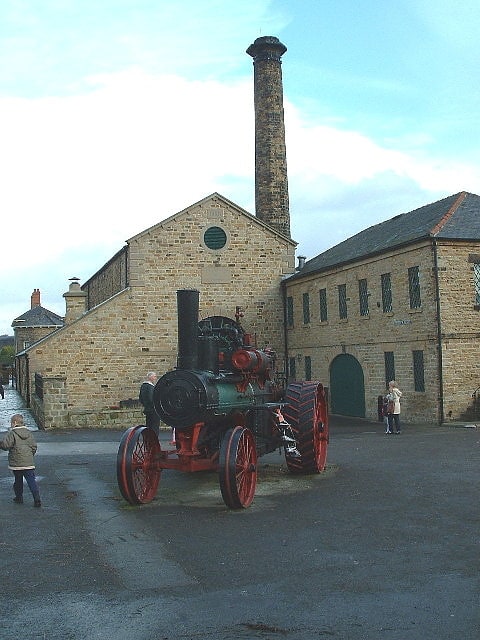
Tourist attraction in Elsecar, England. Elsecar Heritage Centre is a living history centre in Elsecar, Barnsley, England. It covers the industrial history of the area, and includes a Newcomen steam engine, the only such engine still in its original location.[7]
Address: Wath Road, Elsecar, S74 8HJ Barnsley
Worsbrough Mill
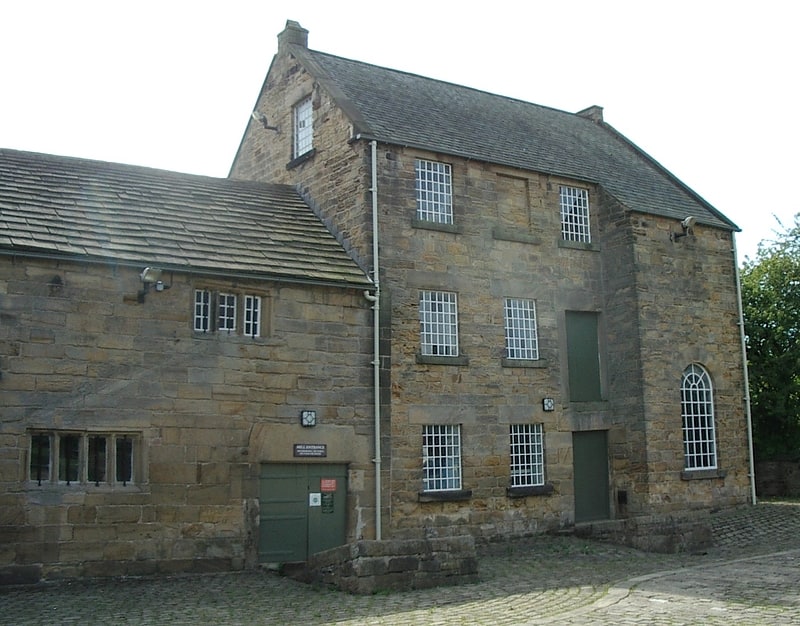
Mill in Worsbrough, England. Worsbrough Mill, also known as Worsbrough Corn Mill and Worsbrough Mill Farm is a complex of buildings including a seventeenth-century water-powered mill and a nineteenth-century steam-powered mill in Worsbrough, Barnsley, England. The mill is open to the public and takes its water from the River Dove, but is hydraulically separate from Worsbrough Reservoir.
Note that "Worsbrough" refers to an area that includes today's Worsbrough Bridge, Worsbrough Dale, and Worsbrough Common.[8]
Locke Park
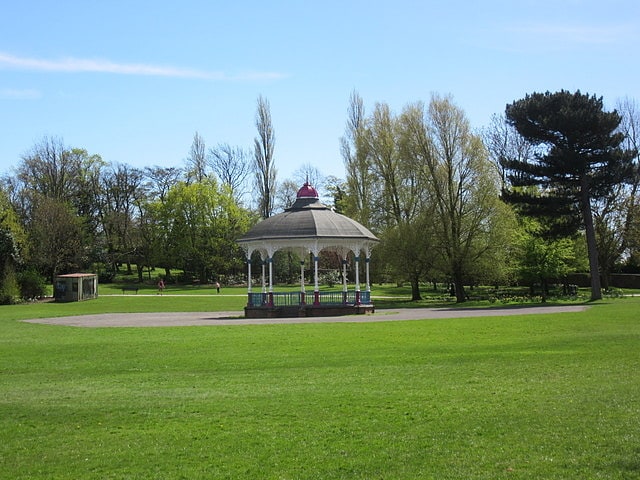
Park in Barnsley, England. Locke Park is a 47-acre public open space and one of the largest outdoor green spaces in the Borough of Barnsley, South Yorkshire, England.
In 1861 Phoebe Locke, widow of railway pioneer Joseph Locke donated the park for the benefit of the people of Barnsley. Phoebe gave the original 17 acres, and the layout was undertaken by Locke's business partner, John Edward Errington. The park was extended in 1874, when Phoebe Locke's sister, Sarah McCreery donated a further 21 acres in memory of her sister, who had died in 1866. There were further donations and additions of land to bring the park up to its current 47 acres.
The park is listed at Grade II on the Register of Historic Parks and Gardens of Special Historic Interest in England, being added in April 2001.[9]
Address: Locke Park Park Road, S70 1QJ Barnsley
Darton
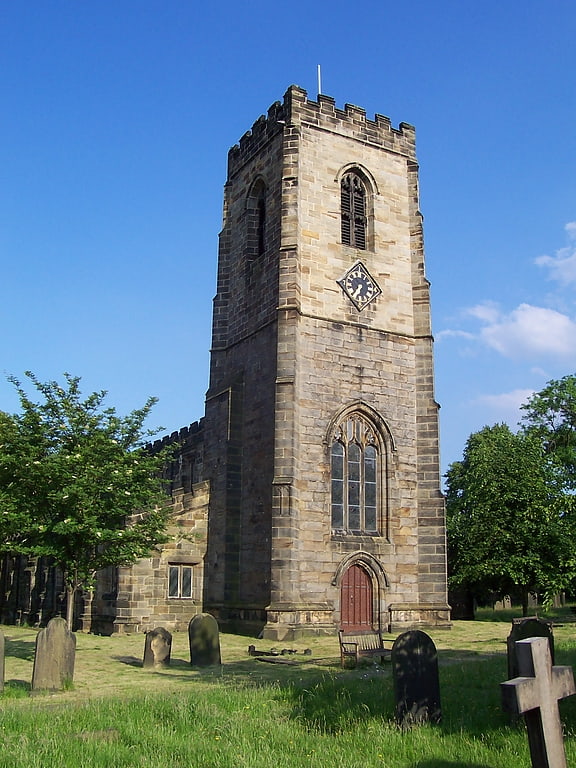
Darton is a large village in the Metropolitan Borough of Barnsley, on the border with West Yorkshire, England. At the time of the 2001 UK census, it had a population of 14,927, increasing to 21,345 for both Darton Wards at the 2011 Census.[10]
Stainborough
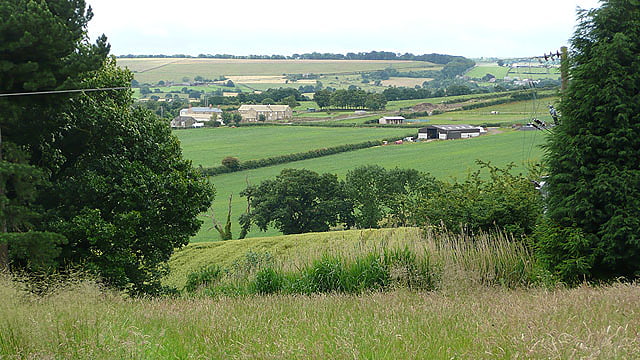
English civil parish. Stainborough is a civil parish in the Metropolitan Borough of Barnsley in South Yorkshire, England. At the 2001 census it had a population of 399, reducing slightly to 390 at the 2011 Census.[11]
Langsett Reservoir

Reservoir in England. Langsett Reservoir is in Yorkshire, England, near the villages of Langsett and Upper Midhope, on the edge of the Peak District National Park. The reservoir was constructed between 1898 and 1904, and is now managed by Yorkshire Water. Fed by the Little Don or Porter River, it is around a mile long, and supplies water for Sheffield and Barnsley via the Langsett Treatment Works.[12]
Holy Rood Church

Catholic church in Barnsley, England. Holy Rood Church is a Roman Catholic Parish Church in Barnsley, South Yorkshire, England. It was opened in 1905. It is situated on the corner of Castlereagh Street and George Street, next to West Way in the town centre. It was designed by Edward Simpson and is a Grade II listed building.[13]
Address: 74 Castlereagh St, S70 1BA Barnsley
Dodworth
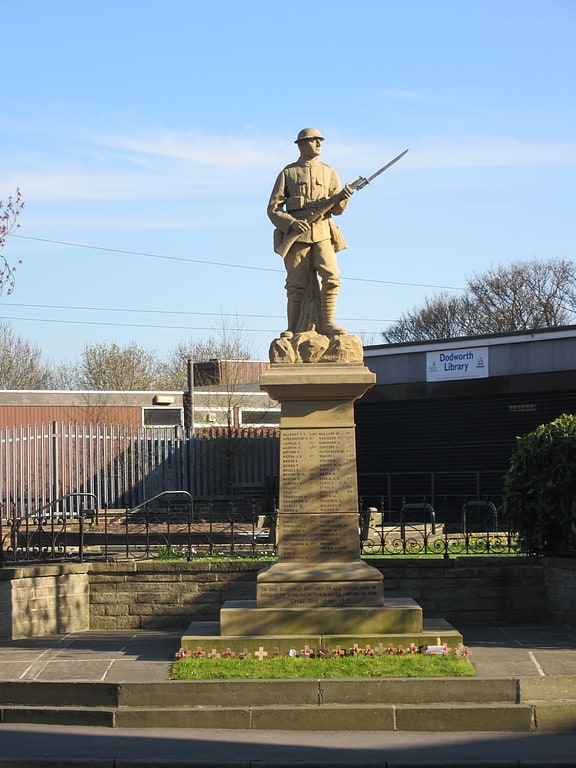
Village in England. Dodworth is a village in the metropolitan borough of Barnsley in South Yorkshire, England. Historically part of the West Riding of Yorkshire, it has a population of 5,742, increasing to 5,900 at the 2011 Census.[14]
Cooper Art Gallery
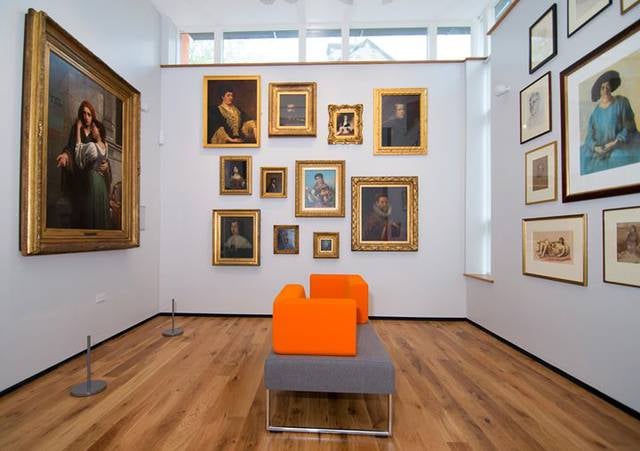
Museum, Art museum, Art gallery
Address: 33 Church St, S70 2AH Barnsley